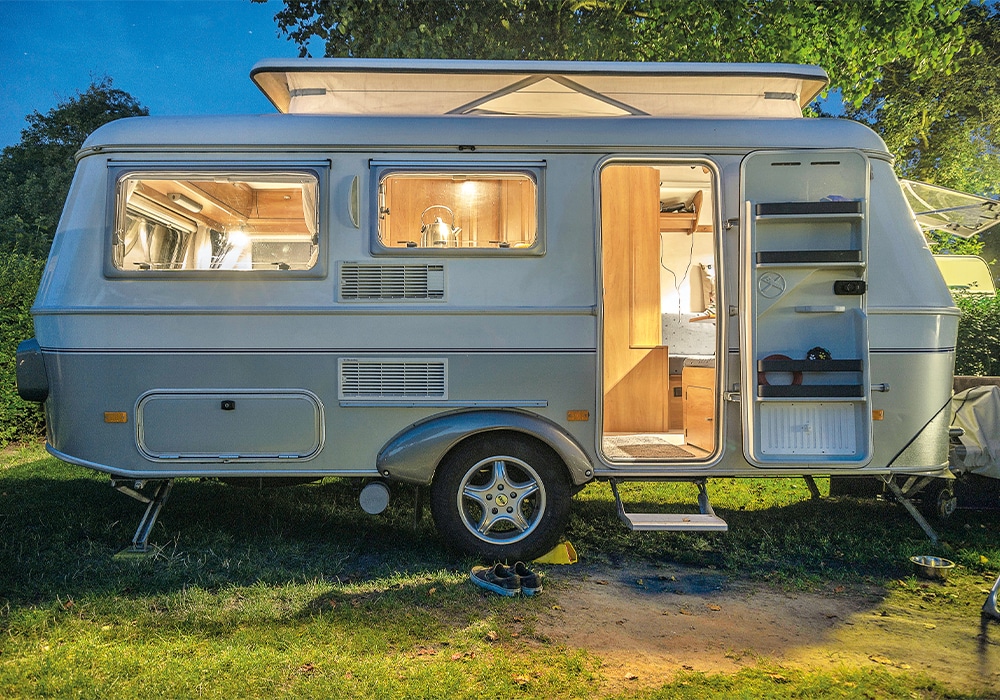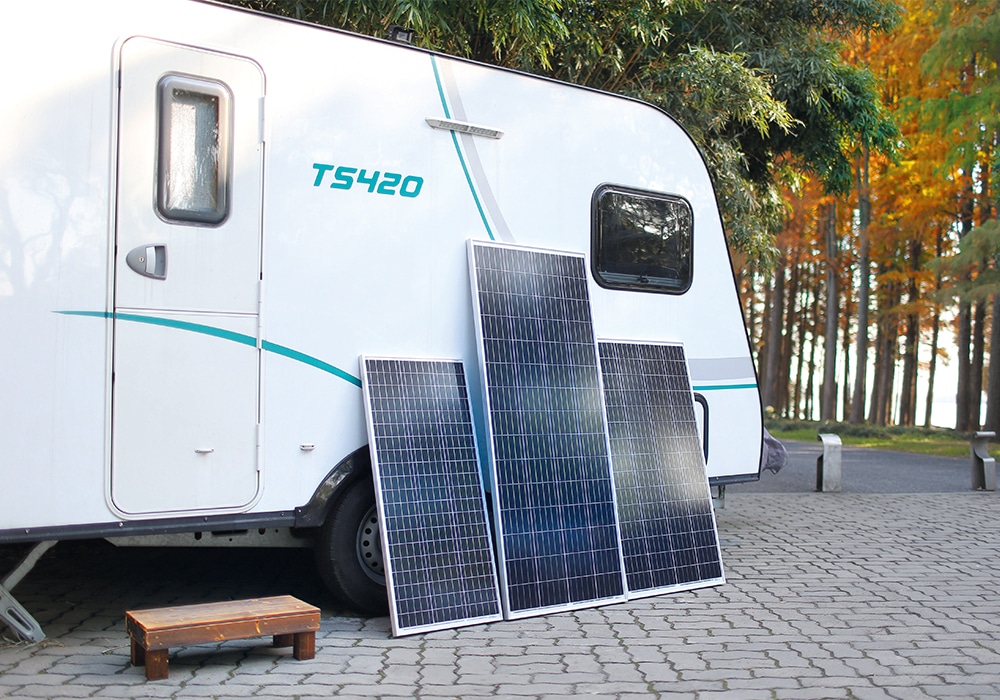If your vehicle has been sitting still over winter, it pays to spend some time checking over it as you prepare to go exploring again, says Liz Dobson.
Isn’t it wonderful to be looking at getting out and about in the sunshine again? If your vehicle is in storage, then now is the time to consider bringing it to your home so you can work on it with tools readily at hand. There’s nothing worse than getting to your campsite, only to discover a problem. Even the most regular RV traveller will be looking at ways to spruce, fix and prepare before their vehicle goes through the hard yards of the upcoming summer trips, be it at popular camping sites, or exploring freedom camping. Whether it’s electrical, aesthetic, mechanical or something else, having the comforts of home in your vehicle makes spring camping a whole lot easier.

Ready, Steady, Go
Alliance RV Tauranga’s managing director, Brendan Grant, says you should give all your caravan and motorhome systems a thorough test run before heading out on the road. He suggests doing the following as a basic run-through:
• Run all the water taps
• Start the hot water heater
• Test electrical outlets
• Check your solar system
• Let the fridge cool for 24 hours
• Test slide-outs, pop-ups, and awning.
When those are completed, check the exterior of the vehicle.
• Using a ladder (and with appropriate safety measures in place), inspect the roof vents and air conditioning units for any damage or blockages.
• Check accessories such as the satellite dish, and make sure all solar panels are clean and free from any moss or mould.
• Check and test all exterior lights, bulbs and batteries for damage and debris. Inspect wires as well as outdoor plugs. To mitigate any on-road issues, it’s a good idea to put together a pack with a variety of bulb and battery replacements for the start of the season.
• Test the hitch electrical connections for working brake and signal lights at least a couple of days before you plan to head out. That way, if something isn’t quite right, you have time to fix it.
• Check your tow bar and tow coupling equipment are well lubricated, and look for any signs of wear and tear.
Deal With Seals
Always check the sealants and moldings around windows, doors, skylights and air conditioning vents and storage after winter, or if your vehicle has been in storage for a while. Dryness and cooler temperatures, as well as exposure to the elements, can cause cracks, and cracks mean your motorhome won’t withstand spring showers. Check the sealant around any slide-outs as well.
Inspections and periodic resealing are essential preventative maintenance. If cracks or shrinkage are noticed, follow the manufacturer’s recommendations for RV repair or resealing. Inspect the roof at least every 90 days, paying particular attention to the seams where the areas of fibreglass are joined. Special sealants are used due to the composition of the roofing material. For the appropriate sealant, talk to your RV dealer.

Safety First
Many dealerships like Wilderness Motorhomes have a checklist for their RV owners for the start of the season. While each vehicle will have its own specific requirements, there are some basic guidelines everyone can follow.
• Make sure all your lights and indicators are working properly.
• Check tyre pressures are as per the manufacturer’s recommendations.
• Look at the side wall of each tyre to check for cracks. If you see any damage, contact a professional.
• Check for any punctures or flat spots. If you park up for any length of time then it’s worth putting the vehicle up on axle stands, or being looked at by a professional to avoid getting any flat spots. Axle stands are available from most good auto or hardware stores.
• Check that your tyres aren’t more than seven years old. There is a DOT number on the side wall of each of your tyres that corresponds with its date of manufacture. For example, ‘2816’ means the tyre was made in week 28 of 2016. If it is older than seven years, then it’s a good idea to look at replacing it.
• Inspect the wheels carefully for signs of cracks or damage.
• Make sure the wheel nuts are tightened to the correct torque setting.
• Check that your gas bottles are less than 10 years old. Wilderness recommends having your vehicle’s gas components checked each year, including a leak test.
Ask The Experts
Depending on how often you use your vehicle, your maintenance schedule might vary slightly. If you use your RV once a year, for example, it’s a good idea to give it a full maintenance check over, and run it by an expert or your dealership, before you head out on the road, to ensure everything is looking in top shape. If you’re likely to spend much of the next few months on the road, it’s a good idea to schedule a quick monthly onceover; equally if you know you’re going to be off grid for any length of time, it’s important to make sure you aren’t going to be caught short where help isn’t close at hand.
If this all sounds like common sense, you’re right: it is. Doing the basics ensures you reduce the chance of anything going wrong on the road such as breakdowns or big motorhome repairs. When you get back from the trip, give it another once over to check no issues have popped up while you’ve been away. Have a chat with your local dealer; many of them offer a pre-trip tune up before you begin exploring.
If you use your RV more frequently or if you live in your RV, it’s going to be exposed to more dirt, rain, UV and general wear and tear. If this is the case, it’s a good idea to do a full maintenance check of your vehicle every couple of months. If you notice any ongoing issues such as mold or leaking, it’s best to deal with these right away so the issue doesn’t get any worse.







